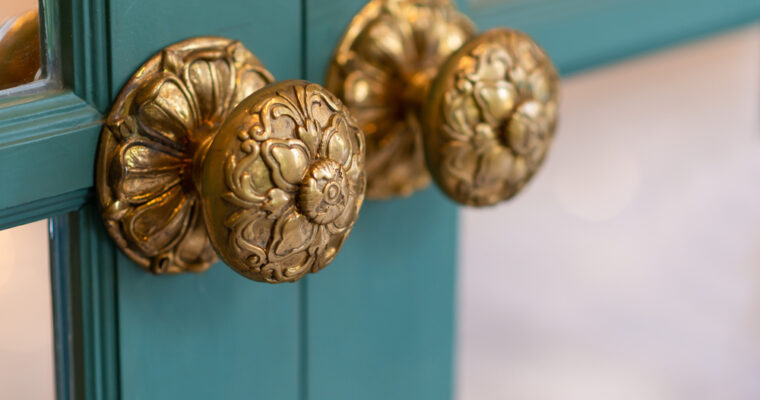How To Incorporate Period Design Elements Into A Modern Home
If you have inherited a period piece of furniture and you’re worried about how it would blend into your newly remodeled modern home, don’t fret. Mixing up traditional elements with contemporary styling is achievable.
Today, many designers encourage homeowners to play things up and be adventurous with designing their homes to break the monotony of the usual styles. Because it can sometimes be true that a strictly followed style can be dull, there should be an element of surprise to the home, and adding a vintage piece can allow you to achieve that.
What Is A Period Piece?
A period piece is an object or work of art reminiscent of a specific period in our history. Sometimes, these objects have more excellent value because of their relevance and the part they played in the old days.
Many designers will tell you that you must always consider contrast when designing a home. It’s one of the most fundamental principles of designing and decorating. And what better way to showcase that contrast than to put period elements in contemporary homes?
Of course, you can’t just put your period piece in a corner, forget about it, and wish people wouldn’t notice it. That piece needs to be highlighted, and if you’re having a challenge doing that, let the following tips help you:
1. Find Beauty In The Small Details
You may want to add antique brass hardware to your doors and cabinets. This styling technique is a more subdued way of adding period design pieces into your all-white home. The antique brass handles will provide a contrast with the white background and stand out in your home.
Polished brass in gold hues can also provide a sophisticated accent to your kitchen cabinets and drawer handles. If you wish to know more styles of period hardware, check out this amazing guide from Keeler.
2. Use The Piece As A Focal Point
Antique pieces are meant to stand out, so don’t hide your period sofa with a heavy drape or throw blanket. When you have a period piece of furniture, make it the center of the design and let the other elements flow from its character and style. Say you have an antique wooden display cabinet, pair it with a contemporary mirror and add tiny pots of plants to balance the design. It might be on a wall. Still, the mirror will make people’s eyes travel to that space.
3. Update The Piece With Modern Print Or Color
You can have your antique sofa refurbished with modern upholstery to match the aesthetic of your home. Or, if you have an antique piece with the wood looking dull and poor, you may want to give it a new face by sanding and repainting it following your home’s accent color. That way, it will match the rest of your home’s design while keeping its character intact.
4. Follow The 80/20 Rule
When designing and decorating two contrasting styles, it’s advisable to follow the 80/20 rule. Eighty percent of the style should be the same, while the rest can deviate. It is the most balanced percentage instead of 50/50, which could appear forced and too intentional. It would depend on which larger piece of the pie will get the most votes.
The goal of applying the 80/20 rule is to make your space look cohesive and not chaotic. So, step back and admire your work. How does it make you feel? If you feel uncertain, then perhaps you weren’t able to achieve 80/20, and it’s time to make adjustments.
5. Incorporate Harmony In Your Design
Harmony, just like contrast, is another fundamental aspect of design. And you can achieve this by ensuring that your space looks consistent visually by allowing all the elements to fit together beautifully. The area’s features must be visually appealing, which can be achieved by applying contrast, repetition, and texture.
You may do this by using a color scheme where your period piece can blend with all the other elements in the room. And by also ensuring that you use complementing approach with your wood tones. Most period pieces are wooden furniture; if you want it to blend well in your home, ensure it complements the other wood tones in your space.
A cool wood tone will match similar cool wood tones, while warm complements warm. Black stained wood can still complement cool and warm tones in your home, as long as you have something to break the space like a rug or any accent that could go in between so it won’t clash.
Conclusion
Mixing period pieces with modern styling are what many designers now call a ‘design-forward’ and well-curated space. It’s not so difficult to achieve; at times, it could be fun and even challenging in a good way as long as you follow the tips mentioned above.
So, think about the next time you will remodel your home; maybe adding period hardware will spice up the usual scheme you always apply. Or maybe hanging a vintage portrait in your foyer or a period rug in your living room will impress your guests.







0